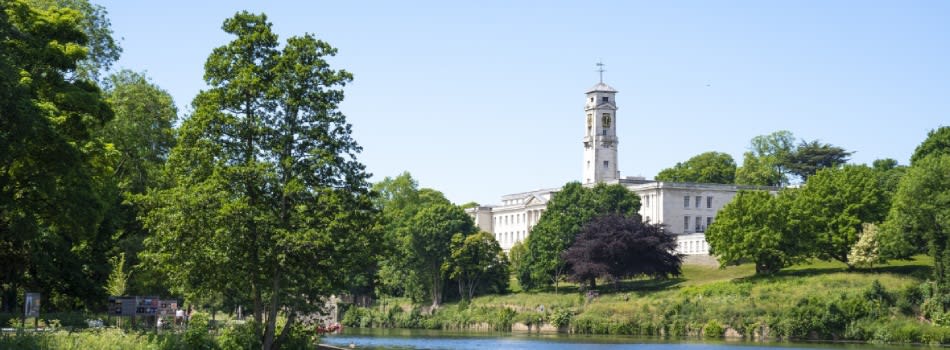About the Project
While most animal bodies are bilaterally symmetric on the outside, the internal organs usually show a consistent left-right (LR) asymmetry. Defining this LR asymmetry is a critical part of early development, such that left/right positional errors are an important class of human birth defect, and in later life numerous diseases affect apparently symmetric organs in an asymmetric fashion. Yet, in trying to understand how this LR asymmetry is established, it is straightforward to conceive how the LR axis is defined relative to front/back and top/bottom, but more difficult to comprehend how left and right are consistently orientated in the same direction. In the classic view, the solution is that LR asymmetry is signalled by a chiral structure, the fabled “F-molecule”, which is directionally orientated relative to the other axes.
To date, a wealth of studies have revealed the genes that promote the propagation of asymmetric signals, but the earliest LR symmetry-breaking events are not clear. In seeking to understand if there is a common pathway, an emerging consensus is that LR asymmetry in diverse organisms originates from the cytoskeletal dynamics that underlie the asymmetric behaviour of individual cells Nonetheless, a central problem remains – how and why are left and right consistently orientated in the same direction? The main approach to understanding this invariance has been to use rare mutants or manipulations in model animals (vertebrates, nematode/fly), to create individuals that are partly or wholly orientated in the opposite direction. This methodology has been fruitful, of course, but unfortunately, scientists have largely ignored the only animal group – snails – in which ordinary development can produce individuals that are LR orientated in different directions. Studies of LR asymmetry (“chirality”) in snails may be key to understanding how and why are left and right consistently orientated in the same direction in nearly all other animals. In this project, we propose to use association mapping and long read genome sequencing to identify the gene that underpins natural variation in the LR asymmetry of Hawaiian snails of the genus Lymnaea or Auricullela. This knowledge will then be used to understand how molecular chirality defines the LR asymmetry of cells, organs and bodies, with implications for understanding human health and development. The project will involve cutting-edge methods in DNA sequencing / bioinformatics, and may also require field or lab work in Hawaii.
Funding Notes
Thanks to £15m of funding awarded by the Biotechnology and Biological Sciences Research Council (BBSRC), the University of Nottingham is offering this innovative four-year doctoral training programme. This specific project is funded through the 'Bioscience for Health' stream. In the first year, you will undertake two rotation projects, then choose which one you would like to undertake for your PhD.
The project will be co-supervised by Dr Mark Ravinet, a new PI at Nottingham, and Dr Ken Hayes, a PI at the Bishop Museum, Honolulu.
Strongly advised to email me for further details: [Email Address Removed]
References
Davison, A. (2019). Flipping shells! Unwinding LR asymmetry in mirror-image molluscs. Trends in Genetics 36:189-202.
Davison, A., McDowell, G.S., Holden, J.M., Johnson, H.F., Koutsovoulos, G.D., Liu, M.M., Hulpiau, P., Van Roy, F., Wade, C.M., Banerjee, R., et al. (2016). Formin is associated with left-right asymmetry in the pond snail and the frog. Curr. Biol. 26, 654-660.
Saetre, G. P. and Ravinet, M. (2019) Evolutionary Genetics: Concepts, Analysis, and Practice. Oxford University Press.
Ravinet, M., Elgvin, T.O., Trier, C., Aliabadian, M., Gavrilov, A., and Saetre, G.P. (2018). Signatures of human-commensalism in the house sparrow genome. Proceedings of the Royal Society B-Biological Sciences 285: 1246.
Yeung, N.W., and Hayes, K.A. (2018). Biodiversity and Extinction of Hawaiian Land Snails: How Many Are Left Now and What Must We Do To Conserve Them-A Reply to Solem (1990). Integr. Comp. Biol. 58, 1157-1169.

 Continue with Facebook
Continue with Facebook


